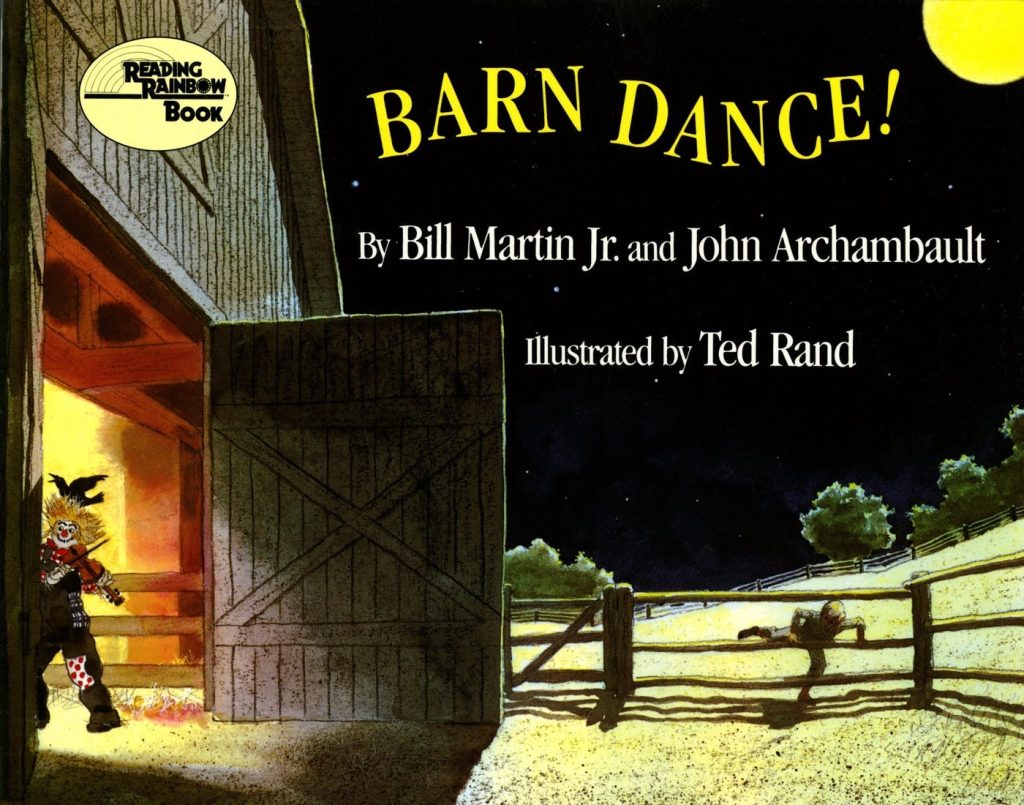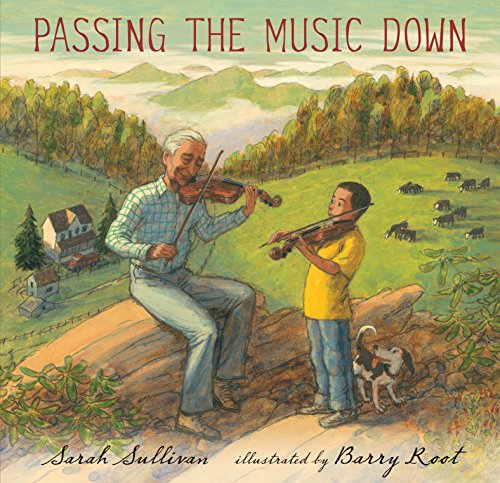Lesson 2: Exploring “Put All Your Troubles Away”
Aim: How do musicians create a bluegrass jam?
Summary: Students learn “Put All Your Troubles Away,” and explore the different parts of a bluegrass jam.
Materials: Music Explorers online audio
Standards: GA: ESGM2.CR.1, ESGM2.PR.1, ESGM2.RE.1, ESGM3.RE.3, ESGM2.CN.1, ESGM2.CN.2
Vocabulary: banjo, bass, fiddle, guitar, jam, lead, mandolin
See Glossary →
Sing “Put All Your Troubles Away”
- Listen to “Put All Your Troubles Away”, Track 5.
- Learn to sing the chorus.
- Read through the lyrics of “Put All Your Troubles Away.”
Music is one way to help you feel better when you are down. What are some other things that make you feel better?
Who are some of the people that help you feel better?
Track 5 – Put All Your Troubles Away
Put All Your Troubles Away
Verse 1:
How happy to see you my darlin’
How good that you look to me still
Yesterday we doubted each other
You turned as I walked down the hill
(Instrumental Break)
Chorus:
Give me your hand for the memories
Care not what the others may say
Give me your heart, let’s be happy
Put all your troubles away
Verse 2:
Back long ago in the old home
In childhood we played by the hour
Often in time since we parted
I thought of how happy we were
Chorus
Bluegrass Instruments and Their Roles in a Jam
- Listen to the individual bluegrass instruments
Track 6 – Fiddle
Track 7 – Mandolin
Track 8 – Banjo
Track 9 – Guitar
Track 10 – Upright Bass
- Use SG 10 to match the instrument pictures to what they are hearing.
- In a jam the musicians often decide on a well-known bluegrass song they will start with. Then the bass and guitar lay down the support. Next, the other instruments fill in the melody. They add their individual ideas by taking when it is their turn.
- A jam is performed in a circle so everyone can see each other. The musicians use non-verbal communication to know when it is their turn to take the lead.
What is an example of non-verbal communication?
When is non-verbal communication helpful?
Why do you think musicians use non-verbal communication?
- Watch the above video of a jam session.
What instruments did you see?
How did the musicians know it was their turn to lead?
Practicing Using Non-Verbal Communication to Jam – “Whose Taking Lead?”
- Part of being in a bluegrass jam is to be able to talk to the other musicians without talking. Teach the games below to encourage comfort with eye contact, watching non-verbal communication in detail, and improvising movement.
- Invite students to stand in a circle.
- Play Track 11 as the game progresses around the circle to help students feel they are in a bluegrass jam.
Track 11 – Bluegrass Jam
- Going around the circle, one at a time, have the students make eye contact with the person next to them and give a nod of acknowledgement until it goes around the circle. Start in a slow steady beat and challenge students to get faster as they become comfortable with the task.
- Once comfort with eye contact has been established, introduce “Who’s taking lead” to the class.
- Invite one student to leave the circle to take the role of “guesser.”
- Choose another student to be the leader and “take lead.” This role is in charge of creating/improvising non-verbal movements i.e.: body percussion, mouth sounds, etc.
- Remind the leader that their sounds should repeat and be easy for the group to follow (the teacher may need to model “taking the lead” in the first round).
- Invite “guesser” back into the center of the circle.
- The participants in the circle watch and follow the leader until the guesser figures out who is “taking lead.”
- Discuss and reflect:
How did you figure out who the leader was?
What did the “leader” do so you could follow them?
What did you have to do to follow the leader?
How do you think bluegrass musicians know who the leader is and when it is time for a new leader?
Creative Extension: Create Your Own Jam
- Think about who you would invite to play in your bluegrass jam
- Using SG 11 draw a picture and label who you are inviting to your jam and what instruments they will play.
- Add details of what the festival scene might look like.
Literacy Extension: Barn Dance! and Passing the Music Down
Musical Word Wall
Add the words banjo, bass, fiddle, guitar, jam, lead, and mandolin to the Musical Word Wall.
See Glossary →
PDF Downloads
Audio Tracks
Track 5 – Put All Your Troubles Away
Track 6 – Fiddle
Track 7 – Mandolin
Track 8 – Banjo
Track 9 – Guitar
Track 10 – Upright Bass
Track 11 – Bluegrass Jam


